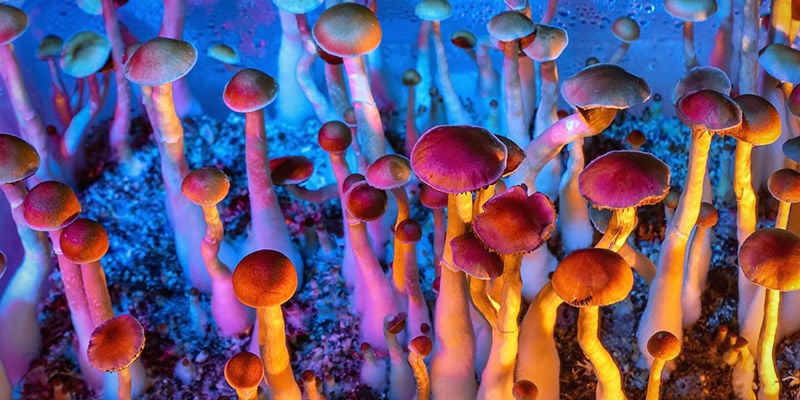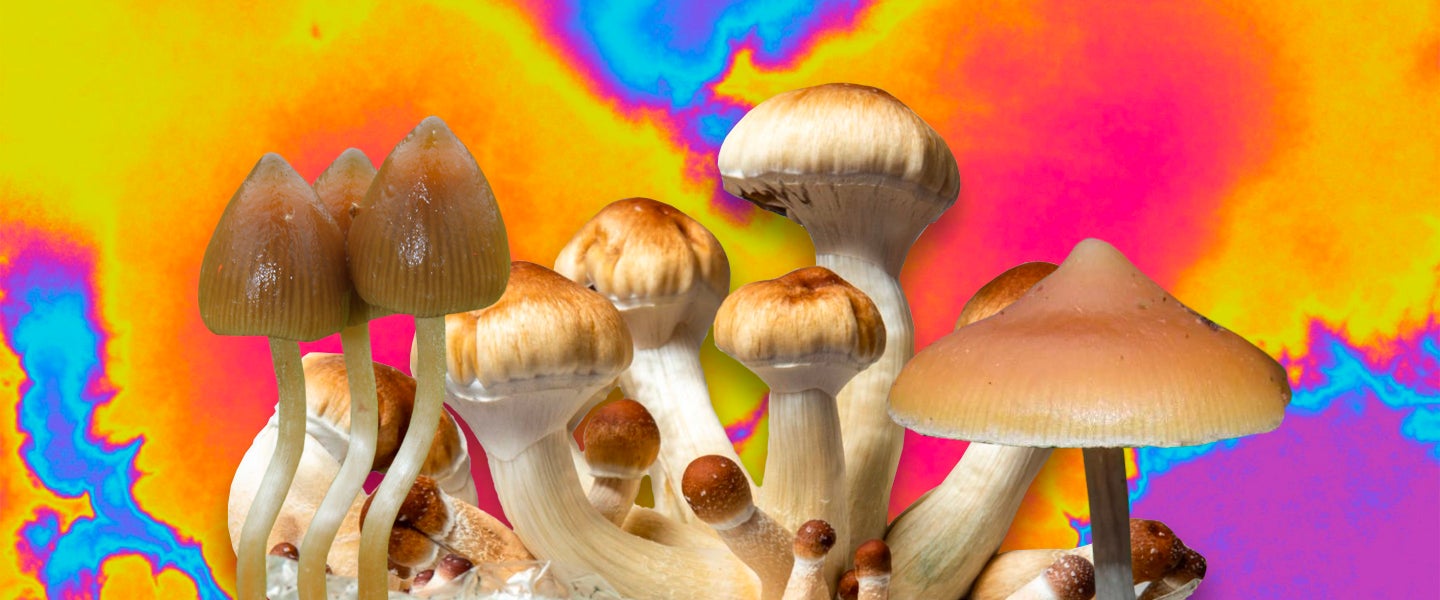
List of Psilocybin Mushroom Species: A Comprehensive Guide
Introduction
Psilocybin mushrooms, with their natural compounds that induce altered states of consciousness, have been used for spiritual, therapeutic, and recreational purposes across various cultures. These fungi contain psychoactive compounds like psilocybin and psilocin, which interact with the brain to produce hallucinogenic effects. The world of psilocybin mushrooms is rich and varied, encompassing numerous species, each with its unique features and effects.
List of Psilocybin Mushroom Species
In this section, we’ll delve into a selection of fascinating psilocybin mushroom species, highlighting their distinctive attributes and effects. Keep in mind that this list is not exhaustive, but it provides a glimpse into the diversity of these remarkable fungi.
1. Psilocybe Cubensis
Psilocybe Cubensis, commonly referred to as “Golden Teacher,” is one of the most well-known and widely cultivated psilocybin mushroom species. Recognizable by its golden-brown cap and dark spore print, this species is cherished for its spiritual and introspective effects. It’s often sought after by those exploring the realm of psychedelics for personal growth.
Characteristics:
- Cap Shape: Conical to convex
- Cap Color: Golden-brown
- Stem: Thick and white, bruises blue
- Habitat: Subtropical and tropical regions
Effects: Psilocybe Cubensis is revered for its euphoric and mind-expanding effects. Users often report heightened sensory perception, introspection, and a deeper connection to their emotions and surroundings.
2. Psilocybe Mexicana
Psilocybe Mexicana, also known as “Teonanácatl” or “Flesh of the Gods,” holds historical significance as one of the earliest known hallucinogens used by indigenous cultures. Its small size and unique appearance make it a distinctive member of the psilocybin mushroom family.
Characteristics:
- Cap Shape: Convex with a nipple-like protrusion
- Cap Color: Pale brown
- Stem: Slender and elongated
- Habitat: Grasslands and subtropical regions
Effects: Consuming Psilocybe Mexicana is said to induce a sense of euphoria, altered perception of time, and heightened creativity. This species is renowned for its potential to provide spiritual insights and visions.

3. Psilocybe Cyanescens
Psilocybe Cyanescens, commonly known as “Wavy Caps,” is a potent and visually striking species. Its widespread distribution and strong effects make it a sought-after subject for both scientific study and recreational use.
Characteristics:
- Cap Shape: Convex with a wavy edge
- Cap Color: Chestnut-brown
- Stem: Thin and white, often curved
- Habitat: Wood chips, gardens, and grassy areas
Effects: The consumption of Psilocybe Cyanescens is associated with intense visual distortions, euphoria, and sensory enhancement. Users may also experience a strong connection to nature and profound philosophical insights.
Legal Status and Considerations
While psilocybin mushrooms have captured human fascination, their legal status varies widely around the world. It’s essential to be aware of the laws and regulations in your region before considering their use.
Before consuming or cultivating any psilocybin-containing fungi, it’s crucial to research and understand the legal implications in your jurisdiction. Always prioritize safety and legality when engaging with these powerful substances.
FAQs about Psilocybin Mushroom Species
Q: Are psilocybin mushrooms safe to consume? A: When used responsibly and in controlled settings, psilocybin mushrooms are generally considered safe. However, improper use or excessive consumption can lead to adverse effects, both physically and mentally.
Q: Can psilocybin mushrooms be used for therapeutic purposes? A: Emerging research suggests that psilocybin-assisted therapy may hold promise in treating conditions like depression, anxiety, and PTSD. Clinical trials are ongoing to explore their therapeutic potential.
Q: How do I identify psilocybin mushroom species in the wild? A: Accurate identification requires expertise. It’s safer to avoid foraging for wild mushrooms unless you are a trained mycologist. Misidentification can lead to ingesting toxic species.
Q: What precautions should I take before consuming psilocybin mushrooms? A: If considering consuming psilocybin mushrooms, ensure you are in a safe and comfortable environment. It’s advisable to have a sober trip sitter present and to start with a low dose to gauge your sensitivity.
Q: Are psilocybin mushrooms addictive? A: Psilocybin mushrooms are not considered addictive in the same way as substances like opioids or stimulants. However, psychological dependence can occur with frequent and excessive use.
Q: How can I support responsible use and research of psilocybin mushrooms? A: Supporting organizations and initiatives focused on education, harm reduction, and scientific research can contribute to responsible use and informed policymaking.
Conclusion
The realm of psilocybin mushroom species is a captivating landscape of diversity, history, and potential. From the introspective journey offered by Psilocybe Cubensis to the profound insights attributed to Psilocybe Mexicana, these fungi have the power to unlock unique experiences and perspectives. As interest in their potential benefits grows, so does the need for responsible exploration and informed decision-making.
Remember, the use of psilocybin mushrooms comes with responsibilities, including understanding the legal landscape, prioritizing safety, and respecting the profound nature of these substances.

